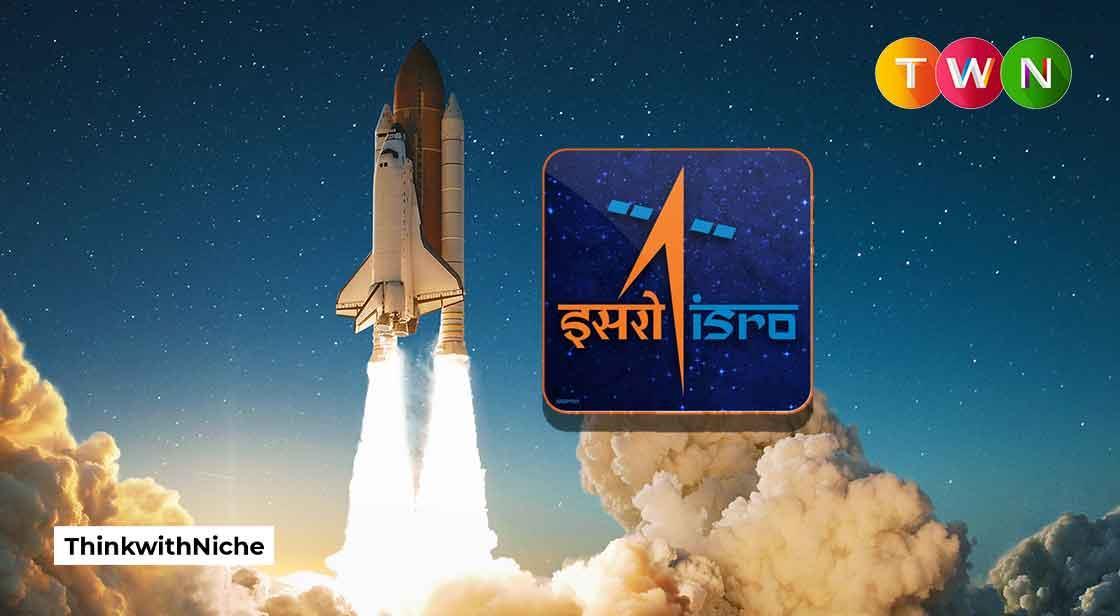ISRO SPADEx Mission: Unveiling the Science of Satellite Docking in Space

News Synopsis
The Indian Space Research Organisation (ISRO) is gearing up for a groundbreaking milestone with the Space Docking Experiment (SpaDeX), scheduled for launch on December 30, 2024. This mission symbolizes India's growing expertise in advanced space technologies and sets the stage for ambitious future projects.
Significance of SpaDeX for ISRO’s Future Missions
SpaDeX is not just a standalone mission but a stepping stone for ISRO's ambitious projects like:
-
Chandrayaan-4 Lunar Sample Return Mission: Docking will facilitate the transfer of lunar samples between modules.
-
Indian Space Station Project: Docking technology will play a critical role in assembling smaller modules and transferring crew, fuel, and resources.
-
Satellite Servicing Missions: Advanced docking mechanisms will enable satellite life extension through in-orbit refueling and repair, showcasing ISRO's cutting-edge capabilities.
What is SpaDeX?
SpaDeX will deploy two 400 kg IMS (Indian Micro Satellite) spacecraft, designated as 'target' and 'chaser,' into slightly different orbits at an altitude of 700 km. The mission will use a PSLV rocket and test ISRO's indigenous docking mechanism.
Key innovations in this mission include:
-
Involvement of Private Entities: For the first time, a private company will manage the assembly, integration, and testing of spacecraft.
-
First Indian Docking Attempt: SpaDeX marks ISRO's first attempt at docking two spacecraft in orbit, a pivotal technological milestone.
Understanding Rendezvous, Berthing, and Docking in Space
-
Rendezvous: A precise orbital maneuver where two spacecraft align their orbits to maintain close proximity.
-
Berthing: A passive process using robotic arms to attach one spacecraft to another, commonly employed by space stations.
-
Docking: An autonomous process where two free-flying spacecraft connect physically, requiring advanced navigation and guidance systems.
How Will ISRO Achieve Docking?
The SpaDeX mission follows a step-by-step approach to achieve docking:
-
Far-Range Rendezvous (50 km to 5 km): Ground-based guidance directs the satellites.
-
Intermediate Range (5 km to 0.25 km): Navigation is aided by a Laser Range Finder.
-
Close Range (300 m to 1 m): Docking and visual cameras assist in navigation.
-
Final Approach (1 m to 0 m): Real-time imaging and retroreflectors on the target satellite guide alignment.
Key technologies include laser-based systems, cameras, and advanced algorithms to ensure precise alignment, relative navigation, and attitude control.
ISRO's Ingenious Docking Mechanism
ISRO has developed a patented docking mechanism that overcomes the limitations of traditional systems like the International Berthing and Docking Mechanism (IBDM).
Key Features of ISRO's Design:
-
Single motorized actuator for critical functions, reducing complexity and weight.
-
Enhanced reliability and cost-effectiveness.
-
Higher torque for better efficiency.
This innovative approach underscores ISRO's ingenuity in solving challenges with simplified and robust solutions.
What SpaDeX Means for India's Space Ambitions
The SpaDeX mission is a monumental leap, marking India's entry into the elite club of nations capable of autonomous docking. Success in this mission will:
-
Enhance ISRO’s capabilities in human spaceflight and satellite servicing.
-
Solidify India’s position as a global space power.
-
Inspire future generations to explore space technology and innovation.
Conclusion
The SpaDeX mission is a testament to ISRO's unwavering commitment to advancing space technology and innovation. By successfully demonstrating autonomous docking, India will join an elite group of nations mastering this critical capability. SpaDeX is not just a standalone mission; it represents a crucial step toward ISRO's future ambitions, including lunar exploration, the Indian Space Station, and satellite servicing missions.
This groundbreaking endeavor will not only enhance India’s position as a global space leader but also pave the way for cutting-edge research, international collaborations, and technological advancements. SpaDeX symbolizes a giant leap for Indian space science, inspiring a new generation to dream beyond boundaries and aim for the stars.
You May Like









